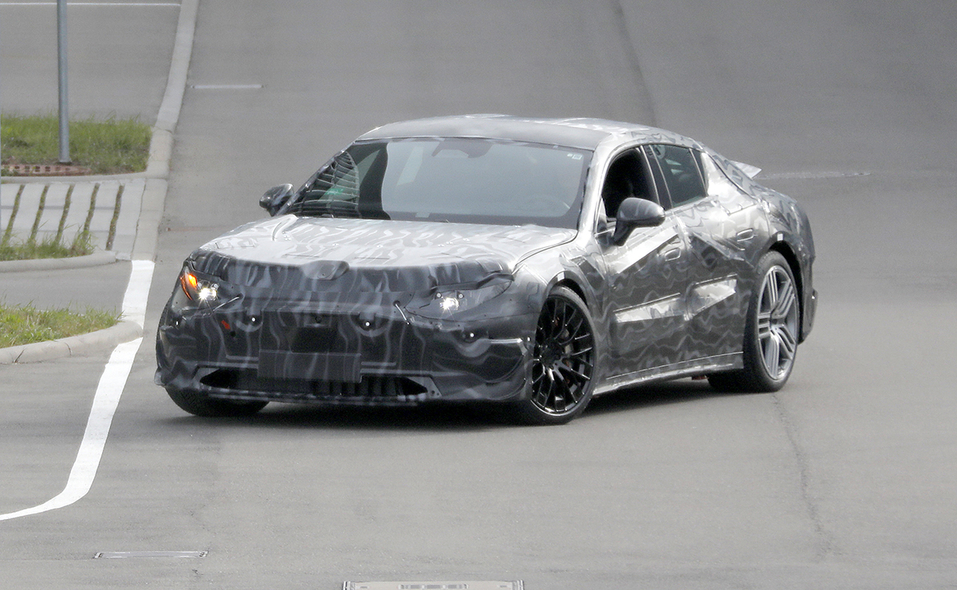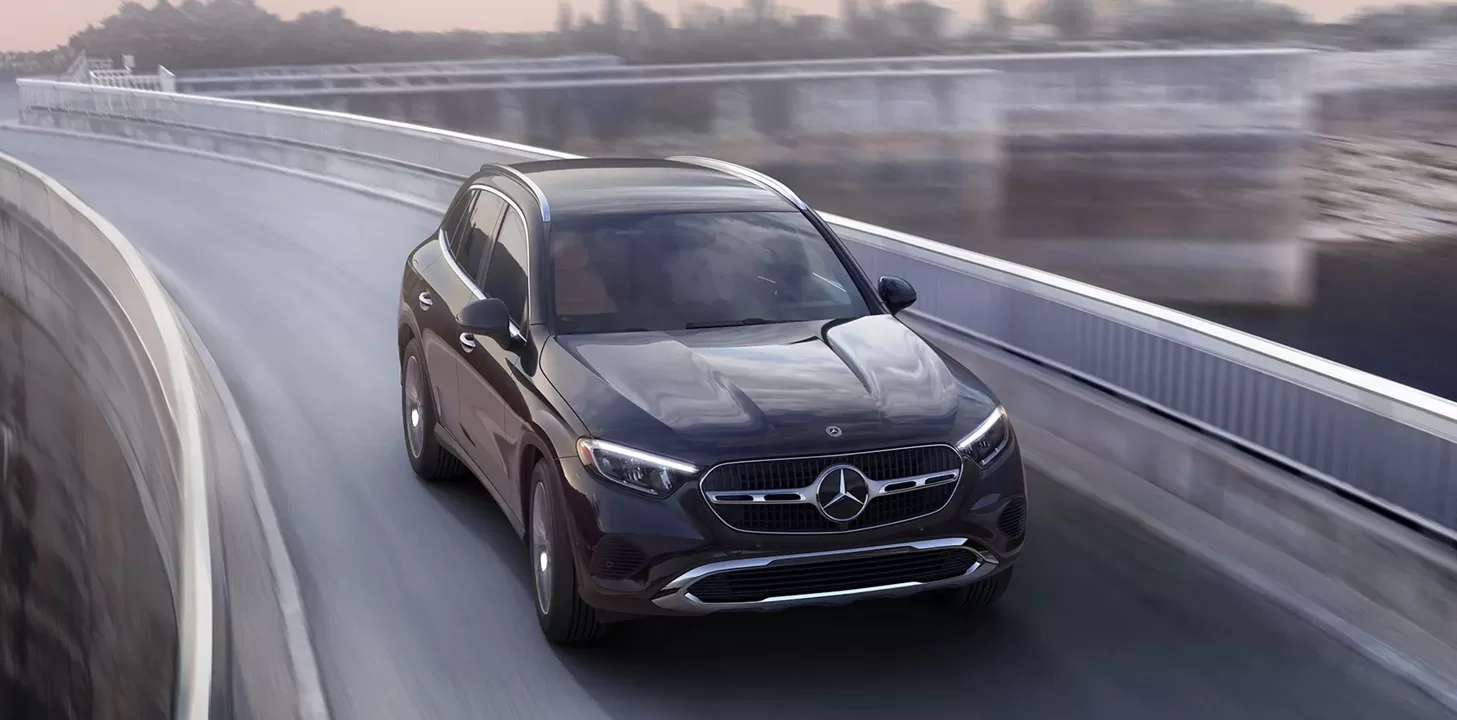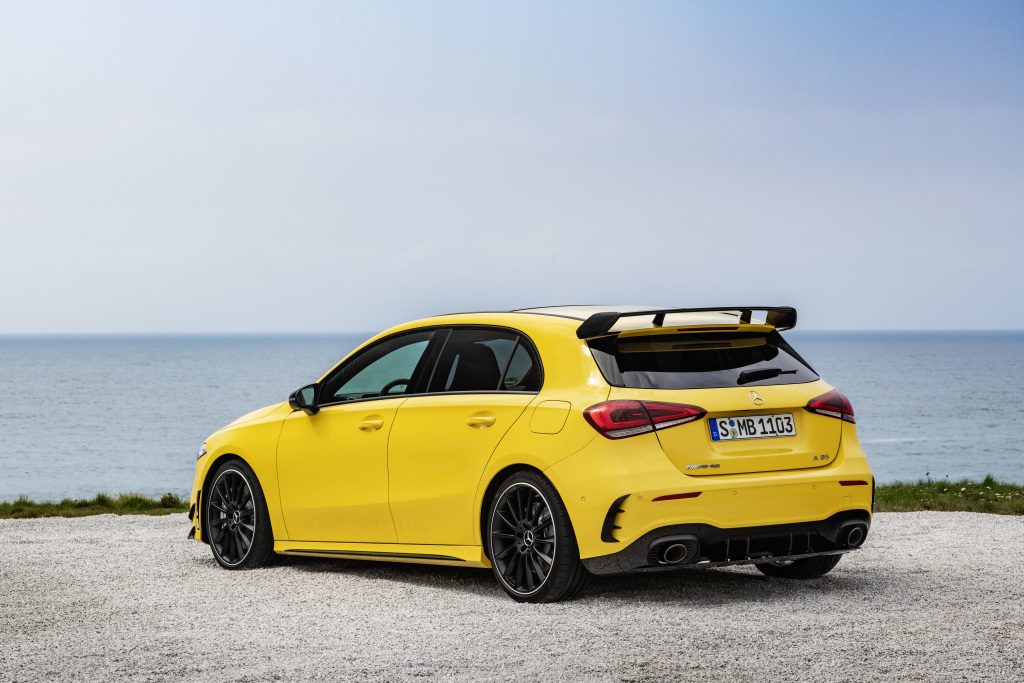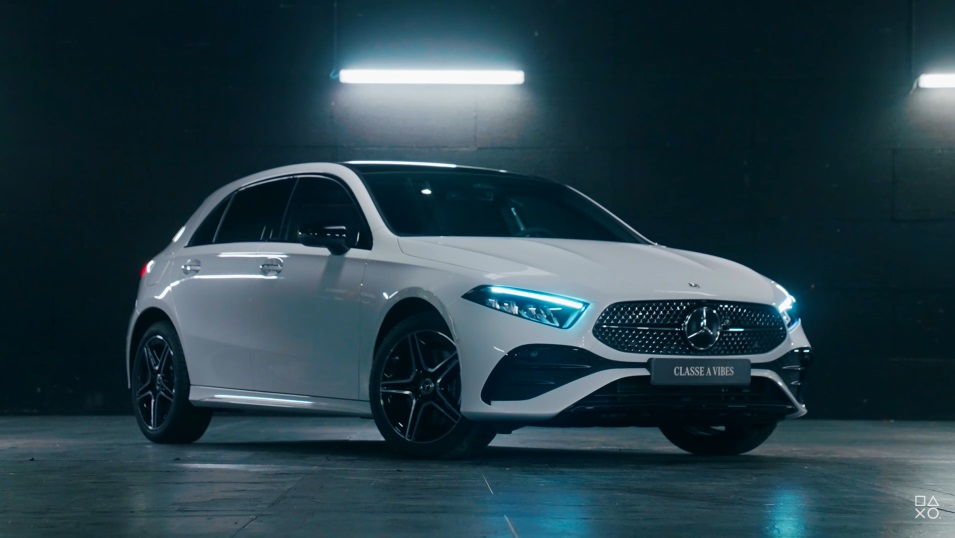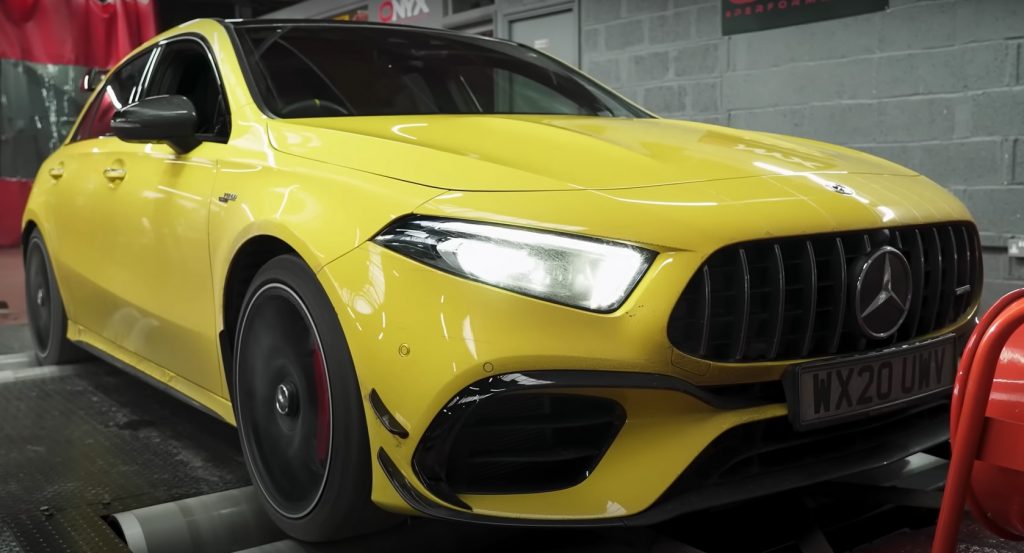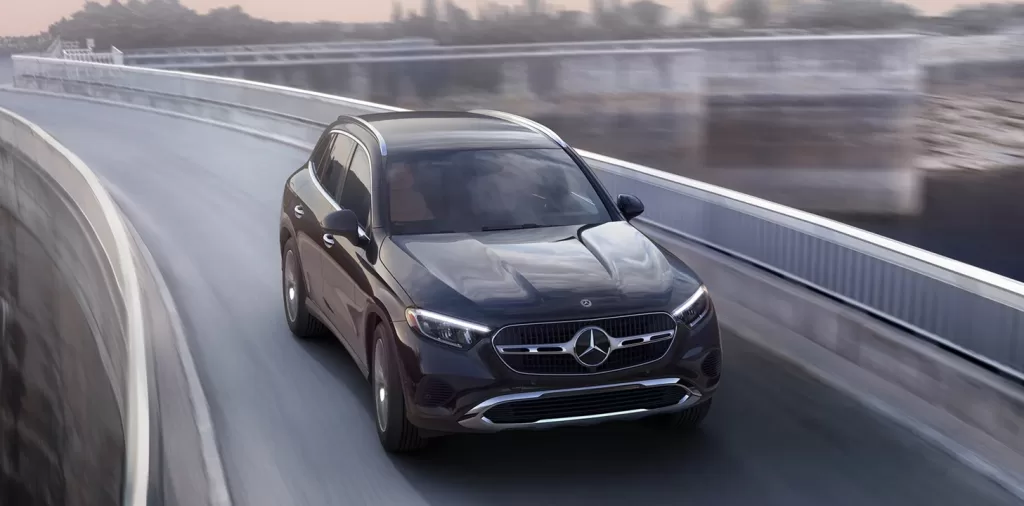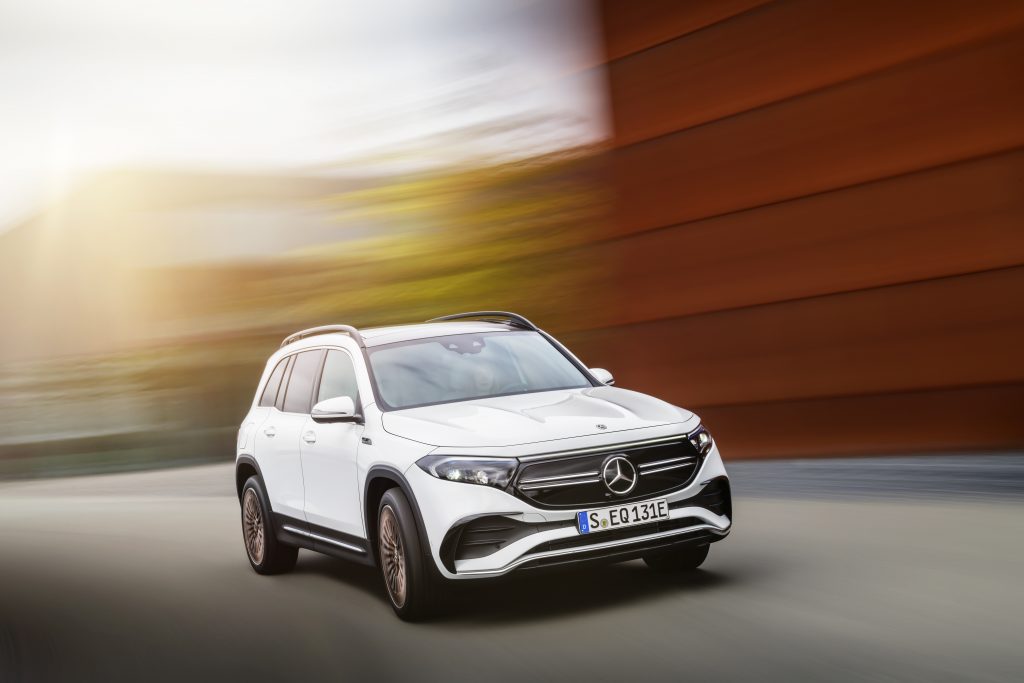
Insurance is one of those expenses no one wants but everyone needs at one point or another, especially for Mercedes-Benz owners. Car insurance is no exception—especially in the US, where auto insurance is a legal requirement.
Most states require drivers to carry the minimum amount of liability insurance, which protects other people in case you get in an accident that causes bodily harm or property damage. If you drive a high-end vehicle, such as a Mercedes-Benz, you probably want more coverage than the state minimum. However, the auto insurance for your Benz can cost anywhere from $2,318 to $8,081 per year. That’s why it’s imperative to know how much insurance you need so you can find the best auto insurance for your Mercedes.
Types of Insurance Coverage
The first thing you need to do is decide what type of coverage makes sense for your new Mercedes-Benz. There are several types of insurance to consider before settling on a final policy. Some are mandatory, depending on the state you live in, while others are supplementary. Let’s take a closer look at the contenders in each category.
Mandatory Coverage Required by States
State mandates are the foundation of your insurance policy, which is why you need to what the minimum requirement is for your state. Each state has different rules, but the types of coverage are generally the same. The following coverages are required by law in most states in the US:
- Liability coverage: Pays for the injury or death of other people and damage to their property in case you get in an accident where you are at fault.
- Uninsured and underinsured motorist coverage: Covers your medical expenses and lost wages if you get in an accident with an uninsured or underinsured driver. It is a legal requirement in twenty-two states, including New York, West Virginia, and Missouri.
- Personal injury protection (PIP): Also referred to as no-fault insurance, this covers medical expenses and lost wages for you and your passengers when you get in an accident, regardless of who caused it. PIP is mandatory in fifteen states.
- Medical expenses coverage: Medical expense insurance is optional in most states. It covers medical expenses if you or your passengers are injured in an accident. However, unlike personal injury protection cover, it does not reimburse lost wages. If you already have PIP or health insurance, there’s no need to add medical expenses cover to your auto insurance plan.
The following states require PIP as of April 2021:
| Delaware | Maryland | New York |
| Florida | Massachusetts | North Dakota |
| Hawaii | Michigan | Oregon |
| Kansas | Minnesota | Pennsylvania |
| Kentucky | New Jersey | Utah |
To meet state insurance requirements, you must have liability coverage. This should be sufficient in most situations because if you have an accident, other people’s medical costs and property damage will be covered. You can always ask your local Mercedes-Benz dealership about the auto insurance requirements in your state if you’re still uncertain.
Insurance Coverage Required for Leased or Financed Cars
If you have a leased or financed car, the leasing agency or finance company may require the following insurance coverage:
- Collision coverage: This pays for damage to your car caused by an accident or other event.
- Comprehensive insurance: This covers damage to your car that is not caused by a collision. This could include fire, theft, vandalism, acts of nature (lightning, hail, etc.), or damage caused by hitting an animal.
- Gap insurance: This type of insurance pays the difference between what you owe on your car and the current market value. If your car is totaled in an accident, this type of insurance ensures your lease or loan is paid off.
It’s a good idea to check with your leasing agency or finance company before buying a car insurance policy. They may have specific guidelines you must follow when it comes to coverage. You may also have to buy premium gap insurance if you want full coverage, which is extremely important if your car is new or leased.
Optional Insurance Coverage You May Want to Consider
Now that we’ve covered the bare minimum, there are some supplemental insurance plans you may want to consider. These are optional, so keep in mind that you don’t have to purchase them. However, if you want the best protection possible for your Mercedes-Benz, you need to consider all of your options.
- Umbrella insurance: Umbrella insurance is a personal liability policy that provides an extra layer of protection for personal assets. It typically kicks in if you’ve exhausted your liability coverage limit.
- Roadside assistance: This type of coverage is for emergencies only, so you should also have a roadside assistance plan through your Mercedes-Benz dealer. However, this insurance pays for locksmith services, tire changes, jump-starts, and other roadside assistance needs.
- Rental reimbursement coverage: This reimburses you for the cost of renting a car if yours is in the shop after an accident.
- Original equipment coverage: If you own a luxury car like a Mercedes, original equipment coverage is pretty useful. It guarantees that any damaged parts will be replaced with original parts manufactured by Mercedes-Benz.
- Glass coverage: This covers the cost of replacing glass windows in your vehicle.
Some insurance and vehicle warranty companies will offer benefits like roadside assistance, rental car reimbursement, or glass coverage at no extra cost. Before deciding on which supplemental coverage to add to your policy, have a look at your manufacturer’s warranty, extended warranty, and life insurance policies to see which benefits you already have.
How Much It Costs to Insure a Mercedes-Benz
On average, you can expect to pay about $2,349 per year for car insurance coverage. However, the amount of money you pay for coverage will vary depending on your location, driving history, and credit score, as well as the year, make, and model of your Mercedes.
For example, a 30-year-old man with a good credit score and a clean driving record can expect to pay $2,313 per year for full coverage on a 2016 Mercedes GLC 300. For a 2020 model, he would pay $2,865. A younger driver would likely pay as much a $7,008 a year for the same 2020 model.
Conclusion
Buying a Mercedes-Benz is an investment. There are many factors that go into buying the right amount of insurance for your new car, but it’s important to think about how much you want to protect yourself and what kind of coverage will best suit your needs. We hope this guide serves as a helpful resource as you choose your insurance.





